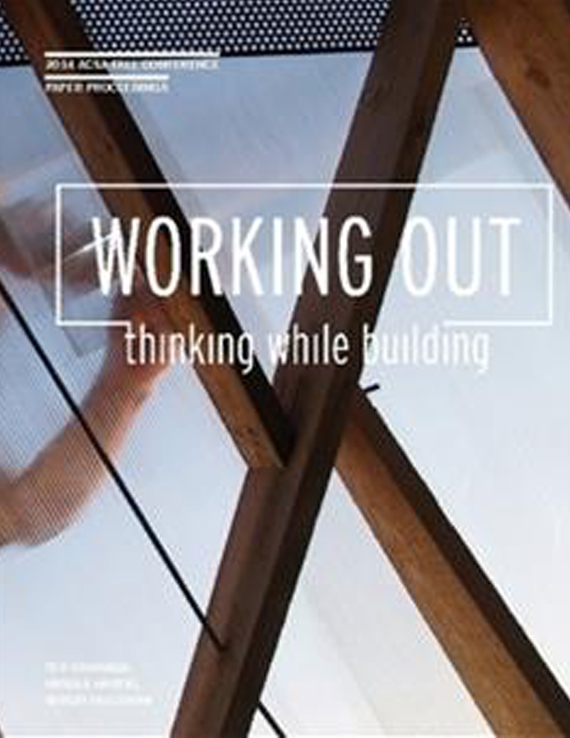Author(s): Brad Deal
The this paper tells the story of the evolution of an undergraduate program’s effort to define the role of the design/build format within its curriculum and the four distinct modes it has assumed over the past 13 years. These modes have covered a significant range of project scales, class sizes, and time constraints yielding a valuable set of case studies in which only a few specific variables differ from one iteration to the next. This paper will summarize the lessons learned thorough each mode and extract from them some operational guidelines useful in organizing design build studios based on the available time, project and student resources.In 2001, in an effort to create a “capstone” studio experience for students completing their Bachelor of Architecture, the Louisiana Tech School of Architecture adopted the design/ build format for their terminal undergraduate studios. Seeking a comprehensive project experience at the intersection of “community, collaboration and craft”, the studio sought to evaluate and inform it’s students of their ability to deliver competent and valuable design projects vetted by the constraints awaiting them following graduation. At its inception, teams of 3-4 students spent an entire academic year identifying, defining, designing and constructing 100-600sf outdoor pavilions, kiosks, bridges, etc. Student ambition and project opportunities eventually led to increased project scale and complexity as a string of enclosed, conditioned projects began to demand larger teams. In 2006 this trend led to the entire graduating class collaborating on a single-family home for the local Habitat for Humanity Chapter. During a string of 8 Consecutive Homes, the school’s 5-year Bachelors of Architecture program was restructured to become a 4+1 M Arch Curriculum making the annual Habitat for Humanity Home the responsibility of 4th year seniors accomplishing it in two academic quarters rather than an entire year. Frequent critiques of this project included students ill-prepared for the graduate program having spent so much time “swinging hammers” and projects so constrained by budget, client conservatism and program consistency that they lacked rigor as design problems. In response to these critiques and the desire for all students to be able to participate in the design build process, in 2013 the role of the design/build studio underwent its most recent change. Rather than 11-14 4th year students spending 2 quarters on a project, twice the number of 3rd year students were challenged to design and construct a project in half the time. Currently in its second iteration, the single quarter design build represents opportunities for more complex and varied design problems and service learning formats coupled with a far more constrained calendar. As with many other curriculum features, Design/Build is now accomplished in less time by less experienced students bringing with it a number of challenges and opportunities. This paper seeks to critically evaluate the various modes of design build tested at Louisiana Tech and illustrate the lessons learned to extract some operational suggestions useful in organizing design build studios based on the available time, project and student resources.
Volume Editors
Sergio Palleroni, Ted Cavanagh & Ursula Hartig
ISBN
978-0-935502-94-7

 Study Architecture
Study Architecture  ProPEL
ProPEL 
